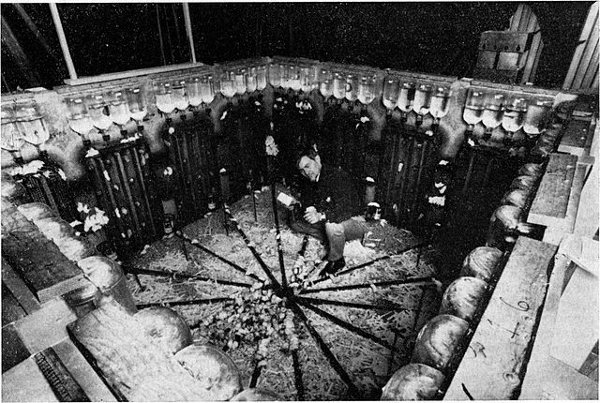
In July 1968, ethologist John B. Calhoun built a “mouse utopia,” a metal enclosure 9 feet square with unlimited food, water, and nesting material. He introduced four pairs of mice, and within a year they had multiplied to 620. But after that the society began to fall apart — males became aggressive, females began neglecting their young, and the weaker mice were crowded to the center of the pen, where resources were scarce. After 600 days the females stopped reproducing and the males withdrew from them entirely, and by January 1973 the whole colony was dead. Even when the population had returned to its former levels, the mice’s behavior had remained permanently changed.
There were no predators in the mouse universe; the only adversity was confinement itself. Calhoun felt that his experiment held lessons as to the potential dangers of human overpopulation, and he urged his colleagues to study the effects of high population density on human behavior. “Our success in being human has so far derived from our honoring deviance more than tradition,” he said. “Now we must search diligently for those creative deviants from which, alone, will come the conceptualization of an evolutionary designing process. This can assure us an open-ended future toward whose realization we can participate.”
(Thanks, Pål.)
